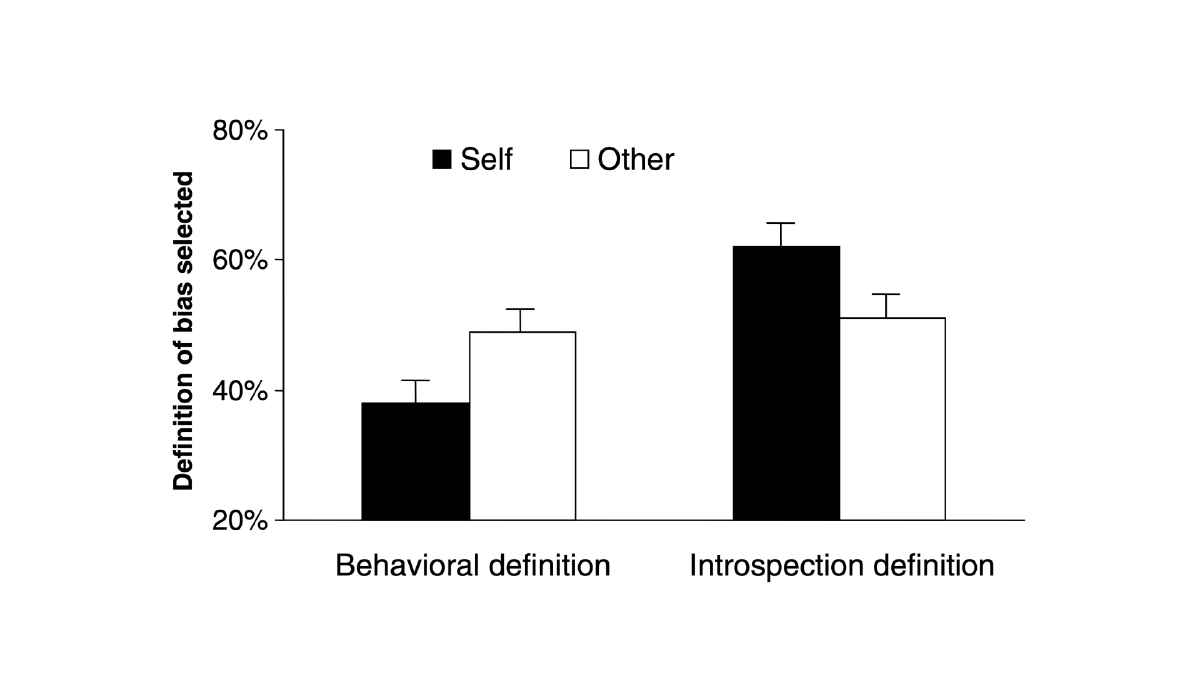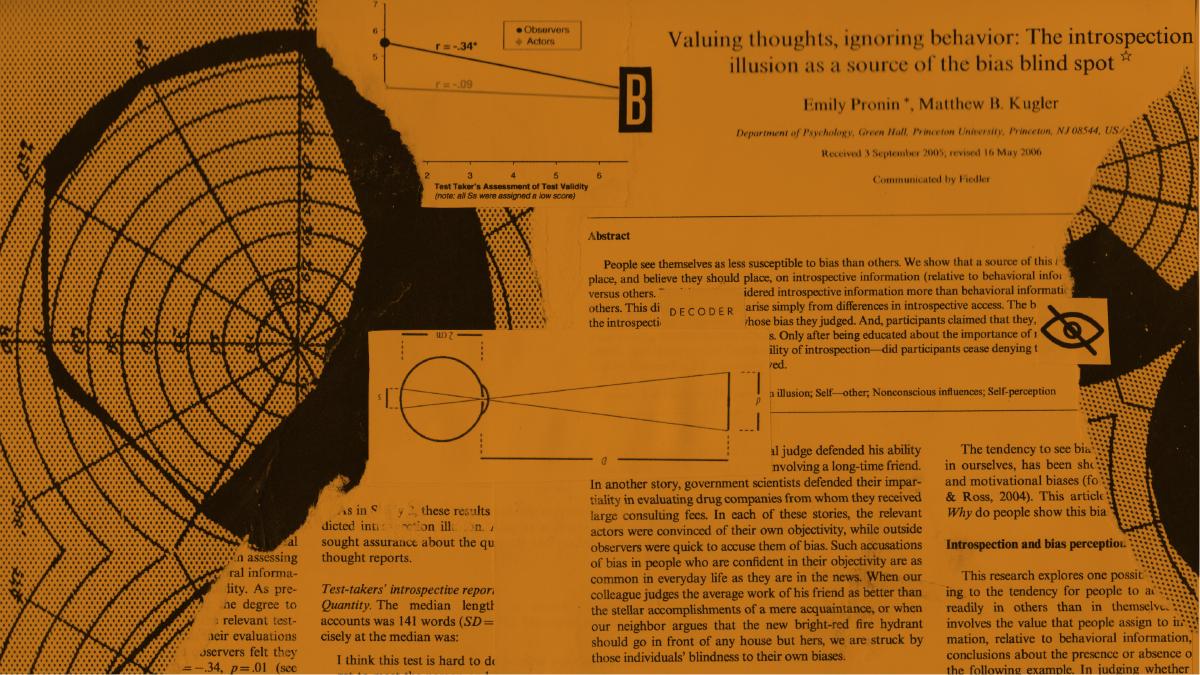How it occurs
The implicit biases that govern our decision-making and judgments are always present.
How to avoid
-
Acknowledge your bias
The moment we acknowledge that we are operating under unconscious bias, we are then empowered to change it. We must first seek to understand the biases that affect our judgment and decision-making ability. Once we recognize the fact that our own biases can influence us, we can begin the process of identifying them and determine the best approach for overcoming them.
-
Seek Perspective
Feedback helps to identify our unconscious bias and how it’s affecting our judgment and decision-making ability. Our work becomes more inclusive once we embrace a plurality of perspectives. We must seek a variety of perspectives to broaden how we think of our work and the value it provides people.
-
Cultivate diversity
Diverse teams bring diversity in life experience and increase a team’s ability to counter the unconscious bias present in homogeneous groups. We must cultivate diversity within our teams to bring a diversity of thinking to our work.
Case study
Valuing thoughts, ignoring behavior: The introspection illusion as a source of the bias blind spot

A study published in 2006 by Emily Pronin and Matthew Kugler explored how people make judgments about themselves and others. The study began with the researchers explaining cognitive bias to the participants. Next, they were asked how might cognitive bias might affect their judgment concerning the other participants. What the researchers found was that test participant rated themselves as less susceptible to bias than others in the experiment. When they were asked to explain the judgment of others, they did so openly. In contrast, when they were asked to explain their own judgments, they looked inward and searched their thoughts and feelings for biased motives. The fact that biases operate unconsciously means that this introspection was not informative, but people mistakenly interpret them as evidence that they are immune to bias.
We believe that we are rational, that our actions and judgments are accurate, and they are not influenced by unconscious bias. However, the study described highlights the tendency for people to not see their own biases and see themselves as less susceptible to bias than others. In psychology, this is known as a bias blind spot, and its potential to undermine the decision-making process has a profound impact on design teams.
